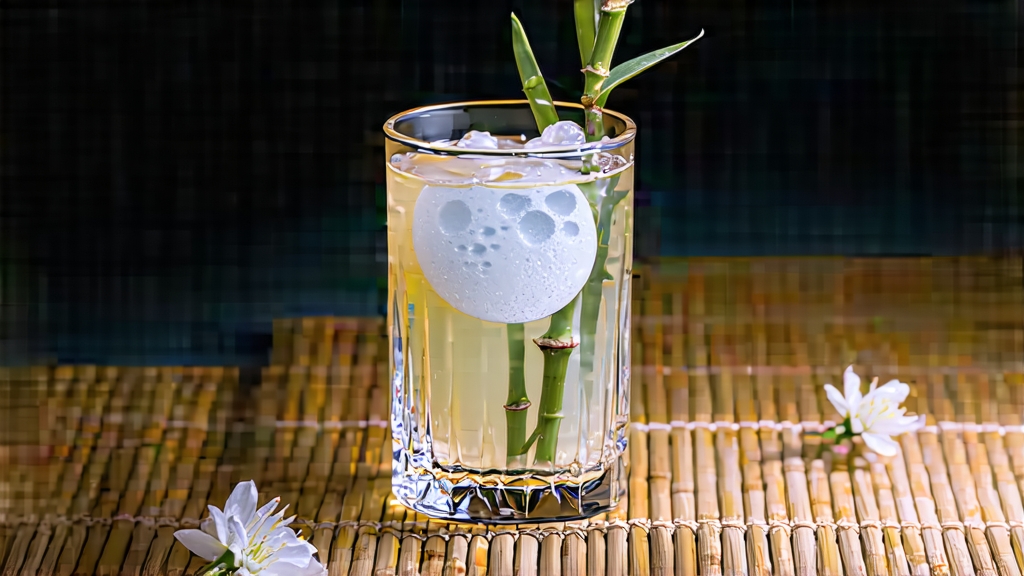
When the first spring mists rise above the Taimu Mountains in northern Fujian, the tea gardens of Fuding look as though they have been dusted with stardust. Between the camphor trees and wild azaleas, only the most luminous buds—still closed, still dreaming—are coaxed from the Da Bai cultivar by fingers that know the exact weight of gentleness. These buds become Fuding Silver Needle, the most aristocratic expression of Chinese white tea, a style so understated that its very restraint has become its signature of luxury.
A Brief, Glittering Past
Unlike the dynastic legends that enshroud pu-erh or rock oolong, Silver Needle’s history is refreshingly short and verifiable. The name bai hao yin zhen (“white down silver needle”) first appears in a 1796 county gazette, when a Fuding magistrate presented a small box of the tea to the Jiaqing Emperor. Court annals record that the Emperor, weary of tribute cakes scented with jasmine and borneol, smiled at the sight of the unadorned buds floating vertically in a porcelain cup “like soldiers of light.” By the late nineteenth century, European diplomats stationed in Fuzhou were mailing tin canisters of Silver Needle back to London and St Petersburg, where the buds were served in crystal stemware as “China Snow Tea.” The 1915 Panama-Pacific International Exposition awarded it a gold medal, and for a brief moment the tea world turned its gaze toward this quiet county where Buddhism and tea had co-existed since the Tang dynasty.
From Garden to Down: The Craft of Silence
Silver Needle is plucked during a five-day window in late March, when the bud is exactly 2.5–3 cm long and still sheathed in a pale green fish-scale husk. Pickers work before 10 a.m., while dew acts as a natural lubricant against bruising. No gloves are worn; the oils of human skin, masters claim, help awaken the tea’s dormant aromatics. The buds are laid, never piled deeper than 3 cm, on bamboo trays woven from two-year-old mao zhu. For the next 36–48 hours they wither under a choreography of mountain breeze, diffused sunlight, and the cool breath of night. The critical moment arrives when the bud’s moisture drops to 8–10 %; a single careless gust can shrivel the down into gray dust. Experienced craftsmen listen rather than look—the rustle of buds should resemble fine silk sliding across jade. No rolling, no pan-firing, no kneading: Silver Needle is the only Chinese tea whose cell walls remain almost intact, preserving the original enzyme profile that will continue to mellow for decades.
Terroir in Miniature
Fuding’s red lateritic soil is laced with quartz and weathered granite, lending a flinty note that echoes in the cup like a distant bell. The Da Bai cultivar itself is a genetic marvel: its buds can outweigh two normal buds of any other tea plant, and the trichomes—those silvery hairs—contain nearly 5 % amino acids by dry weight, explaining the tea’s famous umami sweetness. Elevations between 400–650 m create a diurnal swing of 10 °C, coaxing the buds to store more theanine during cool nights and convert it into fragrant volatiles during warm days. Even the mountain fog carries a faint marine salinity from the East China Sea, 35 km away, adding a whisper of brine that tightens the finish.
How to Brew Without Breaking the Spell
Silver Needle is shy; it rewards patience and punishes impatience. Begin with still mineral water whose dry residue does not exceed 120 ppm; high calcium mutes the tea’s orchid undertone. Pre-warm a tall cylindrical glass or a porcelain gaiwan of 120 ml; the goal is to create a micro-climate, not to scald the buds. Use 3 g of tea—roughly fifteen buds—and awaken them with a 30-second rinse at 75 °C, poured along the vessel wall to avoid direct impact. Decant completely; the first rinse is not for drinking but for stretching the buds like ballet dancers before curtain rise. Subsequent infusions begin at 80 °C for 45 seconds, adding five seconds each round. Observe the choreography: the buds first float horizontally, then stand on their heads, finally drifting down like slow-motion snow.